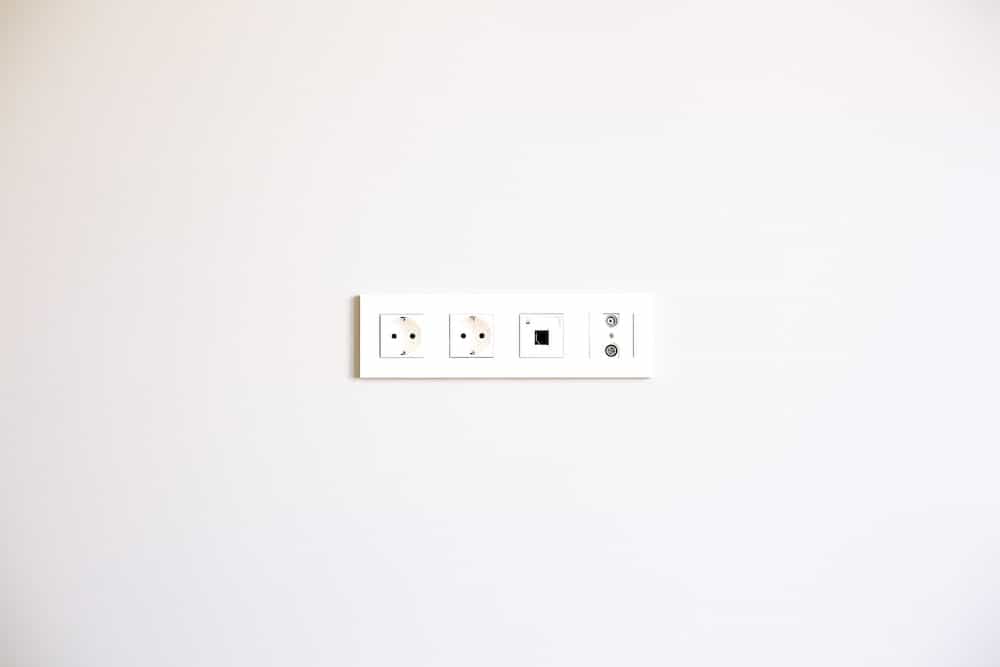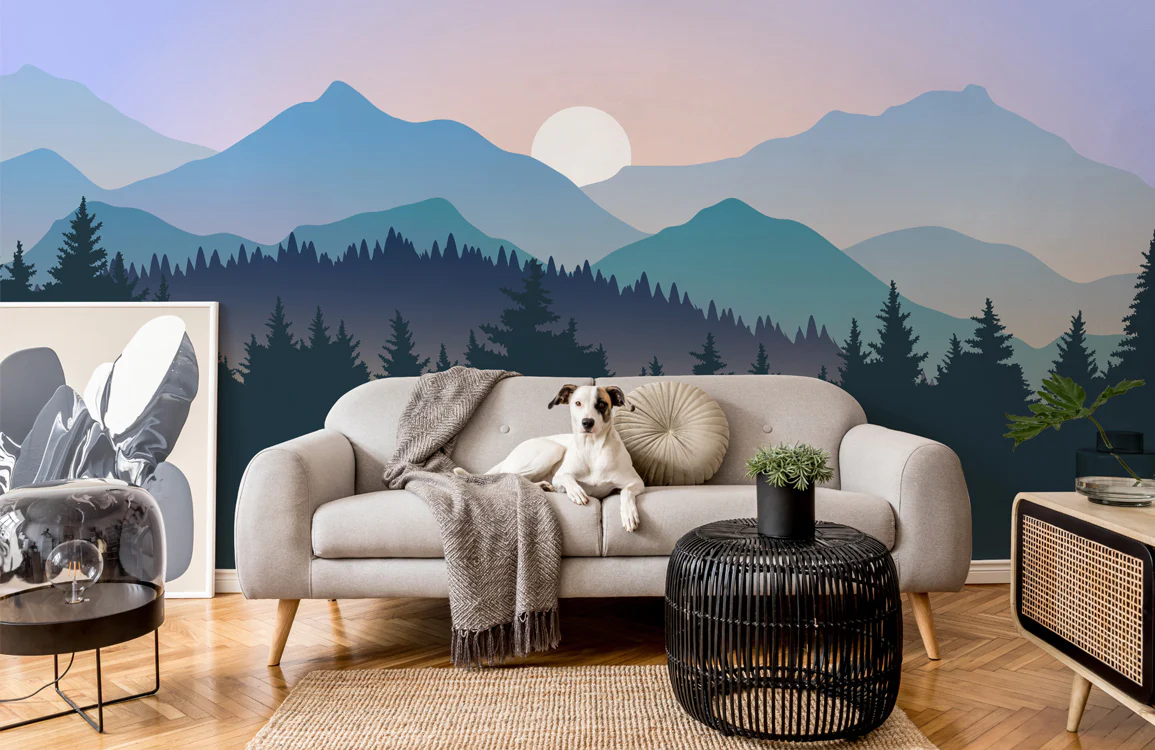Featured
Mural wallpaper is a popular choice for home design, but it can be difficult to install. As with any other wallpaper, you’ll want to make sure you’re ready to put it up quickly and without any issues.
With that in mind, follow these mural wallpaper installation tips.
Mural wallpaper installation tips

1. Study the Directions
The first step to installing mural wallpaper well is to read and understand the directions. It’s easy to get lost in the details of what you’re doing if you read too quickly or can’t picture how things should look.
Take your time, look over your work often, and ask yourself questions along the way that will help you picture what each step should look like when it’s done.
2. Measure Your Walls
Before you can hang your mural, you need to measure the size of your wall. This will help you determine whether the mural will work well where you want it to be placed.
Use a tape measure or yardstick to figure out the length and width of your walls in feet or meters. Make sure to take into account any furniture or other objects that might be in the way, like where you’re standing and the wall.
Next, find out how far apart electrical outlets are if they’re on different walls. Measure this distance as well as the distances between doors, windows, and electrical outlets so that there are no surprises when you hang things up later during installation.
3. Get Your Supplies Ready
In preparation for your mural wallpaper installation, ensure you have all the tools and supplies necessary to complete the project.
This includes:
- A large sheet of cardboard or a table with a protective plastic cover
- Scissors or a box cutter to cut the paper if necessary
- A bucket full of water mixed with dish soap (this will help clean up any messes that are made while installing your mural)
Additionally, check that you have enough time to complete this project. Depending on how big your mural will be and how much paper is required for installation, it could take anywhere from one day to several weeks.

4. Clean The Walls And Remove Outlet Covers
Clean the walls and remove the outlet cover before installing a mural wallpaper. Use a damp cloth (or, if you have one, a vacuum) to remove dust and dirt from your wall. Then use a flathead screwdriver to remove outlet covers by gently prying them off the wall with the tip of your screwdriver.
If wires are attached to your outlets, be sure not to yank them out; instead, cut away the outlet cover with a utility knife—that way, you will avoid damaging any wires or electrical components behind it.
5. Hang The First Strip of Wallpaper
Time to hang the first strip of your mural wallpaper!
Step 1: Apply adhesive to the top of the strip of wallpaper
You can do this with a roller or a brush, but make sure to spread it out evenly so your wallpaper doesn’t have any lumps or bumps.
You’ll need enough adhesive to cover the whole section of the wall where you’re putting up your mural wallpaper, but not too much. If you use too much, it might run down the paper and ruin other parts.
Step 2: Put up the first piece of wallpaper
The top edge should be even with the top edge of the wall, and the bottom edge should be even with the bottom edge of the wall (this will vary depending on how high off the ground your ceiling is).
Once it’s up right, use a pencil or pen to mark where each seam will go. You’ll need these marks later when you start putting up the next strips of mural wallpaper.
Take note that not all custom wallpaper for home needs adhesive. Some mural wallpapers are “stick and peel,” so you can put them up on your walls without adhesive.
6. Dry and Trim Any Hanging Paper
Let your mural dry for at least 24 hours after you put it up before you start cutting away any extra paper. For the best results, use a sharp utility knife to cut the extra paper away. Painter’s tape can be used to protect floors and baseboards from sharp corners. Before you cut away any of the extra paper, use a level to make sure that your mural is straight up and down.
7. Plan Ahead and Follow All Steps
When installing a mural wallpaper, you must make sure to plan your project properly. This is the most important step of all. You need to know exactly how to do it and have all of your tools ready before you begin.
By rushing through the project, you run the risk of making mistakes and ruining your work, which will cost more money to fix in the long run. Take your time and make sure you are prepared when installing a mural wallpaper.

Ready For Your Next Renovation?
We hope you’ve found this guide helpful. Even though every wallpaper job is different, if you follow these tips and tricks, you can avoid some common mistakes.
So, if you want to put mural wallpaper in your home, the most important thing you can do is to start with a plan.























